
Helen Cooper
University of Birmingham Helen J. Cooper is Professor of Mass Spectrometry in the School of Biosciences at the University of Birmingham. She undertook her BSc in Chemistry at the University of Warwick, before going on to study for her PhD…
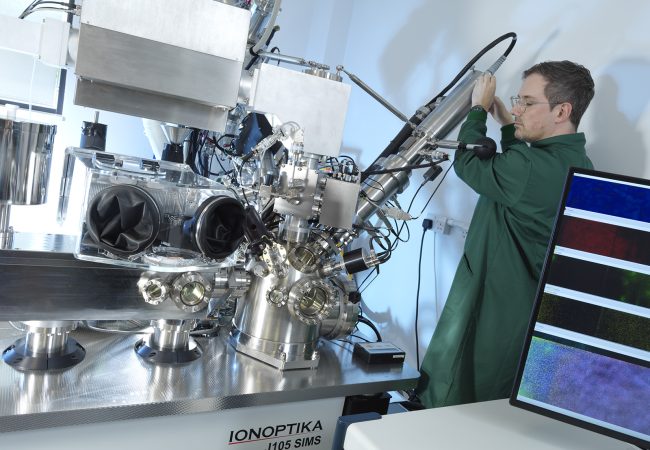
New stigmatic imaging prototype shows benefits of academic-industry partnering
The University of Oxford’s Department of Chemistry is presently home to one of our most exciting prototype technologies, the newly designed stigmatic imaging mass spectrometer.
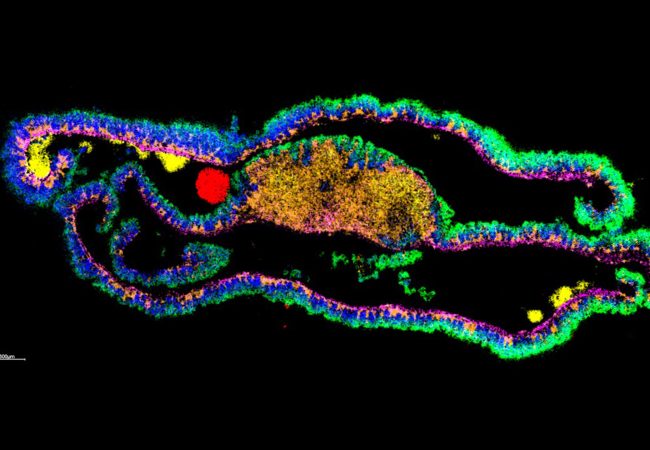
Subcellular Imaging
Next generation MS instrumentation will enable rapid molecular mapping of cells in tissue enabling elucidation of the chemistry behind biological mechanisms.
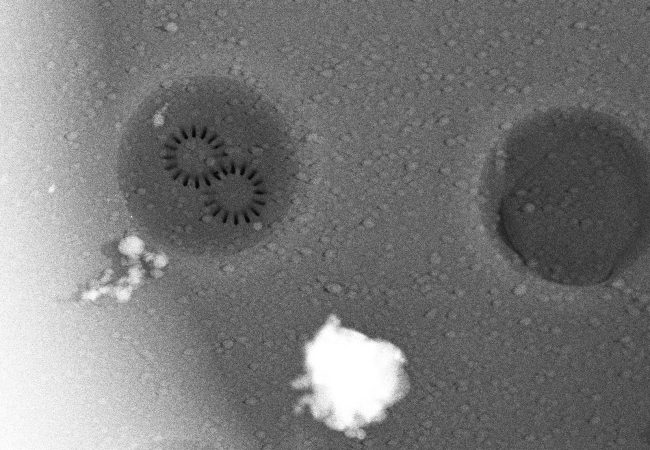
Biochemical Microscopy for imaging across Molecular Scales
Developing a transformative cryogenic 3D biochemical microscope, harnessing the power of high-resolution electron microscopy and mass spectrometry imaging

3D Protein Atlas of Brain
Native ambient mass spectrometry (NAMS) is an emerging technology which offers unprecedented potential for integration of spatial and structural biology – it promises major advances in molecular pathology and drug discovery.
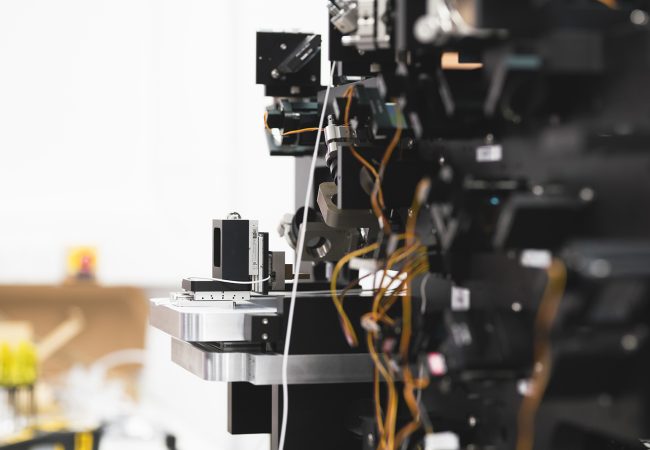
Biophotonic Correlative Optical Platform
Biophotonic Correlative Optical Platform (BioCOP) is the UK’s first multimodular optical microscope for high-performance imaging of biological samples across multiple length- and timescales.

High Resolution imaging with secondary ion mass spectrometry (SIMS)
Secondary Ion Mass Spectrometry (SIMS) is a highly sensitive analytical technique offering detailed chemical composition analysis in 3D space with subcellular resolution.
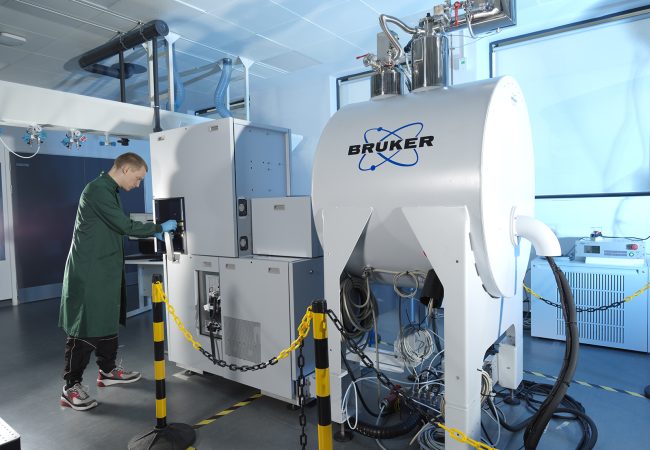
Trapped ion mobility (TIMS) time of flight (TOF) mass spectrometry
A cutting-edge commercial Bruker mass spectrometry (MS) instrument, coupling high sensitivity, high resolution, rapid time of flight (TOF) mass analysis to high resolution trapped ion mobility spectrometry (TIMS) enabling structural elucidation.
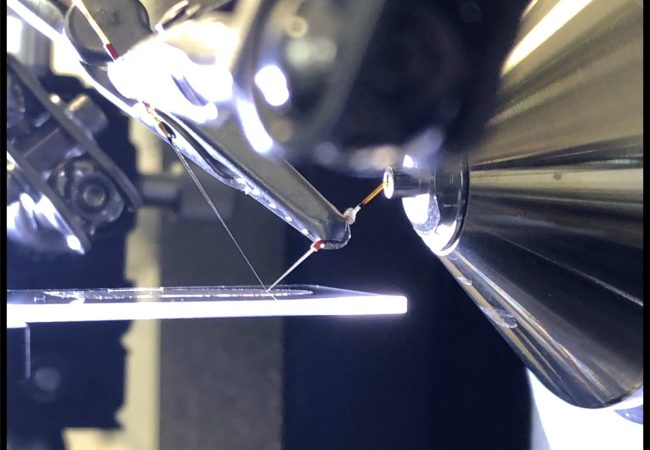
Native ambient mass spectrometry
Native ambient mass spectrometry (NAMS) combines spatial and structural biology by enabling untargeted label-free interrogation of proteins in their functional form directly from their physiological environment.

Integrated Chemical Imaging in Cells and Tissues
Our aim: To drive innovations in mass spectrometry alongside other structural biology techniques to find out more about the role of molecules in biology so that we can better understand health and disease.
